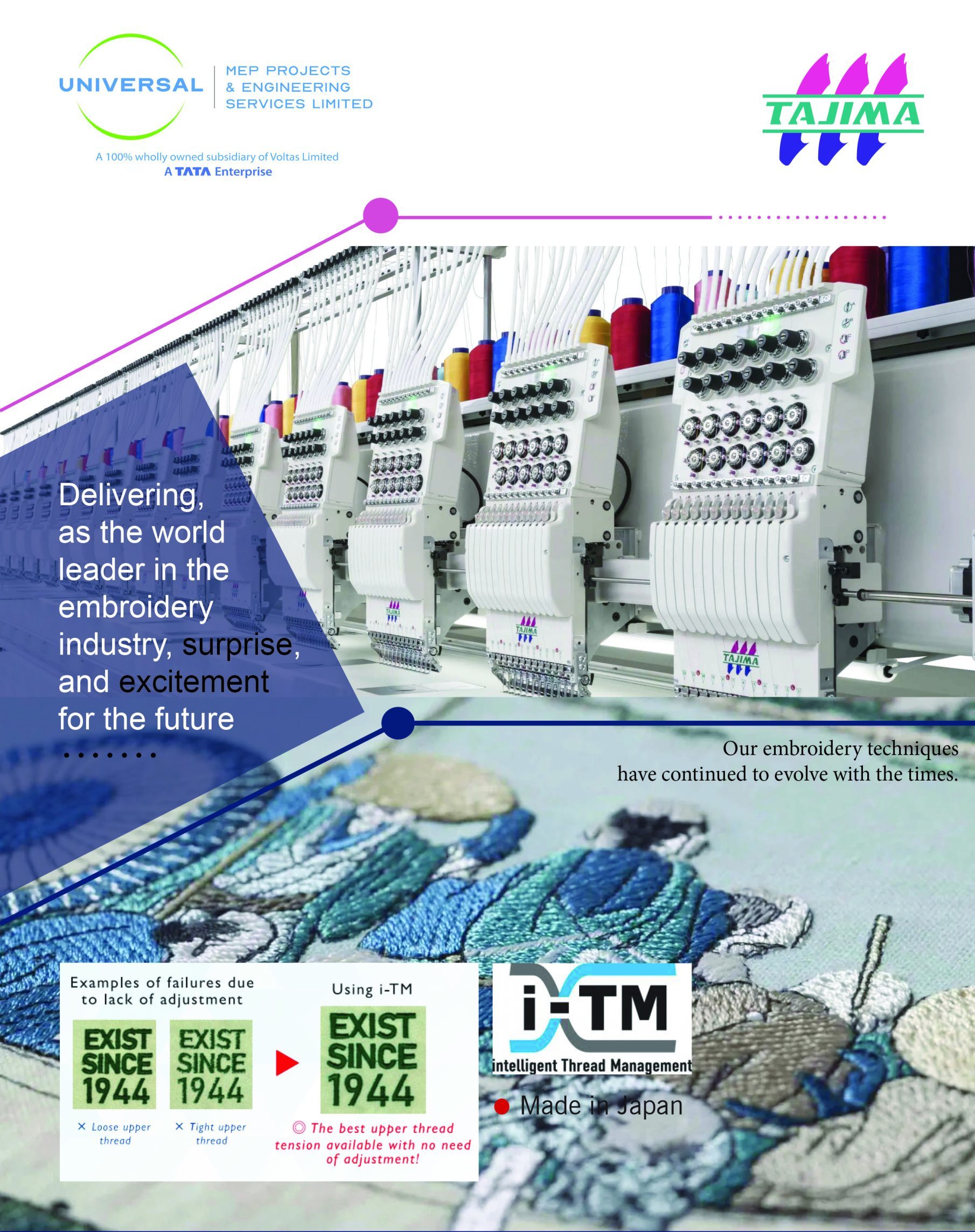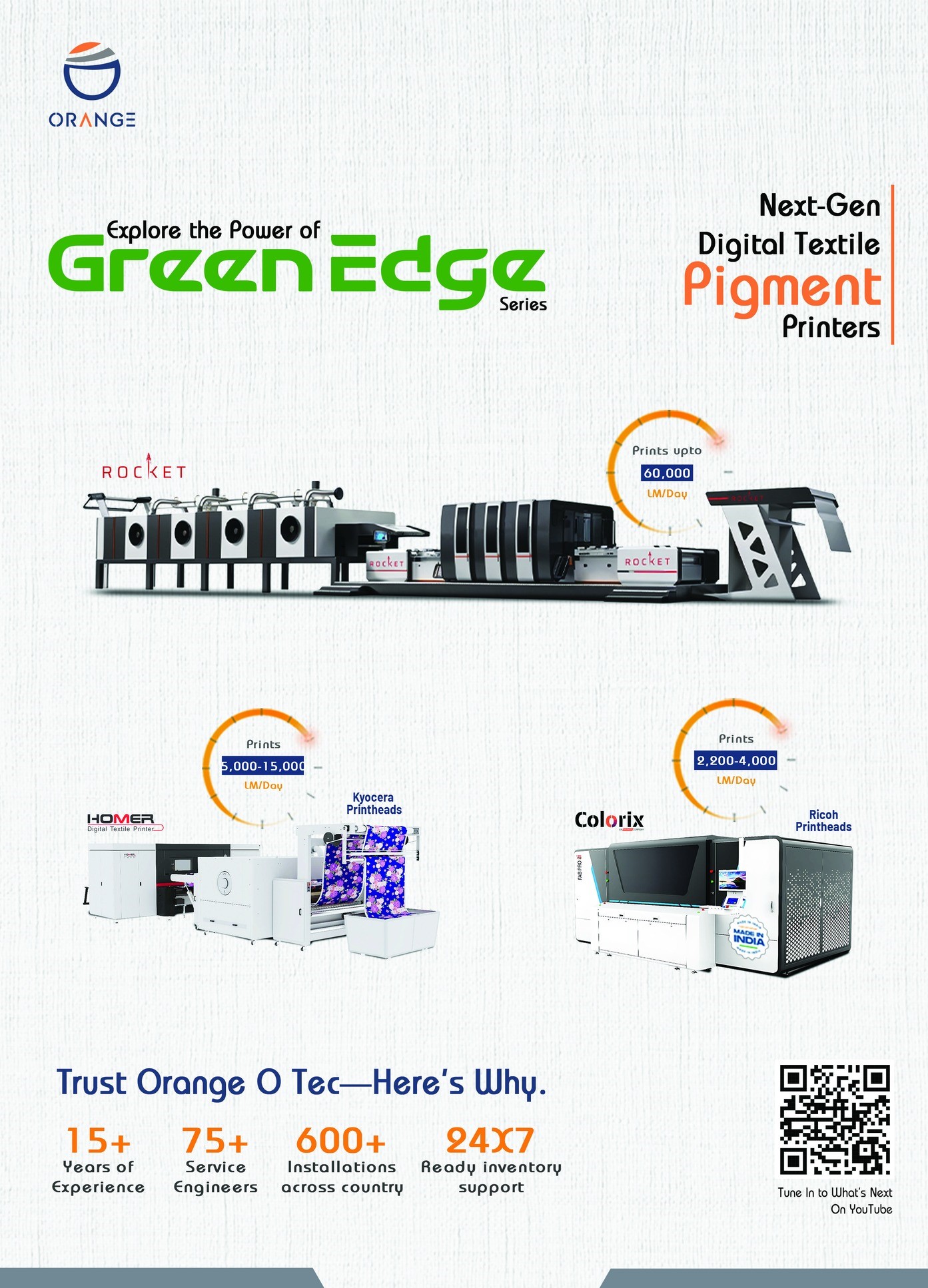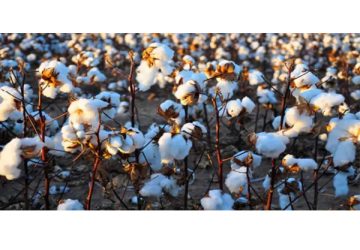
Have you ever noticed how progressive fashion brands are increasingly exhibiting their sustainability focus? A bag made from mushroom leather or jute or a dress made with hemp or linen, are just a slew of offerings that demonstrate the shifting fashion trends. It transcends traditional practices that once relied on embracing eco-friendly materials and reducing carbon footprints.
According to recent stats, the apparel industry alone is considered one of the major contributors to generating huge volumes of greenhouse gas emissions as it emitted nearly 897 million metric tons of carbon dioxide equivalents into the atmosphere. In an evident quest for sustainability, the industry is undergoing a radical transformation driven by biotechnological innovations and increased use of living fabrics.
Understanding fashion with biotechnology
The fashion industry is continuing to witness a fleeting moment of embedding biotechnology to reshape the industry from the root level. Derived from natural sources like plants, algae and other bacteria, bio-textiles have emerged as a unique alternative to traditional fabrics. Besides, living fabrics are a step further. It is the concept where living organisms are incorporated into fabrics that have the tendency to grow and adapt with time.
In contrast to traditional fabrics – cotton, polyester and others, bio-textiles are neither resource-intensive nor environmentally harmful. For instance, the cultivation of cotton accounts for 24% of global insecticide use. Additionally, it requires vast amounts of water while polyester, being a synthetic fabric, is derived from petroleum and contributes to microplastic pollution in oceans. In tandem, bio-textiles and living fabrics pose to be a more sustainable solution, minimizing resource consumption and reducing the environmental footprint of fashion.
The opportunity for sustainability
With more avenues opening up for renewable sourcing, the industry is moving towards environmental consciousness. For instance, bio-textiles are produced by adopting the most promising approaches like the use of bacterial cellulose, a natural polymer produced by bacteria. Since, it is lightweight, flexible, and biodegradable, fashion brands harness its functionality for sustainable fashion. Additionally, several fashion brands are at the forefront of engineering bio-textiles with different forms of bacteria to produce lab-grown leather and silk.
Subsequently, the integration of science and technology further augments brands’ capabilities to innovate and drive high-quality production. This requires a long-term commitment to drive change in the industry. Brands embracing eco-friendly production can combine textiles’ functionality with design possibilities to play a significant part in sustainable fashion.
Amplifying performance and functionality
The existence of ecological textiles is not new for the industry. They existed for many years, particularly with increased environment-conscious consumers and fashion brands. As these brands continue to be active participants in the league of sustainable fashion, eco-innovations like bio-tech-based textiles and living fabrics will come into the mainstream.
Bio-textiles have the ability to grow rapidly and absorb carbon dioxide. Being highly biodegradable, these fabrics potentially capture carbon, further reducing the environmental impact of fashion production. Living fabrics, on the other hand, also respond to environmental conditions – temperature and humidity. This provides enhanced comfort and wearability to consumers giving them an advantage of a garment that adapts to the wearer’s body heat and moisture levels. This level of functionality represents a new frontier in fashion, where clothing becomes not just a passive layer but an active participant in the wearer’s experience.
Unleashing design possibilities
Though bio-textiles and living fabrics are derived from natural sources, they are revolutionising the industry by unlocking design possibilities. Being plant-based fibres, they provide sustainable substitutes to traditional fabrics – added with more opportunities for designers to experiment with textures and forms that were once unimaginable.
Some bio-based materials are blended with other fibres and dyed with existing colours to bring out the rich and vibrant appeal. Their unmatched compatibility with digital textile printing offers a myriad of design possibilities to designers. Apart from this, the design cycle of these fabrics is shorter than traditional fabrics – ultimately reducing their production impact on the environment.
Future prospects
The potential of sustainable fabrics is immense. As brands and consumers become more environmentally responsible, there will be an unprecedented surge in the bio-based fabrics demand. The integration of biotechnology and functionality can help fashion brands to scale their production and meet the burgeoning demand. This will eventually lead to unleashing a new era of eco-logical fashion where sustainability and innovation will go hand in hand.

















